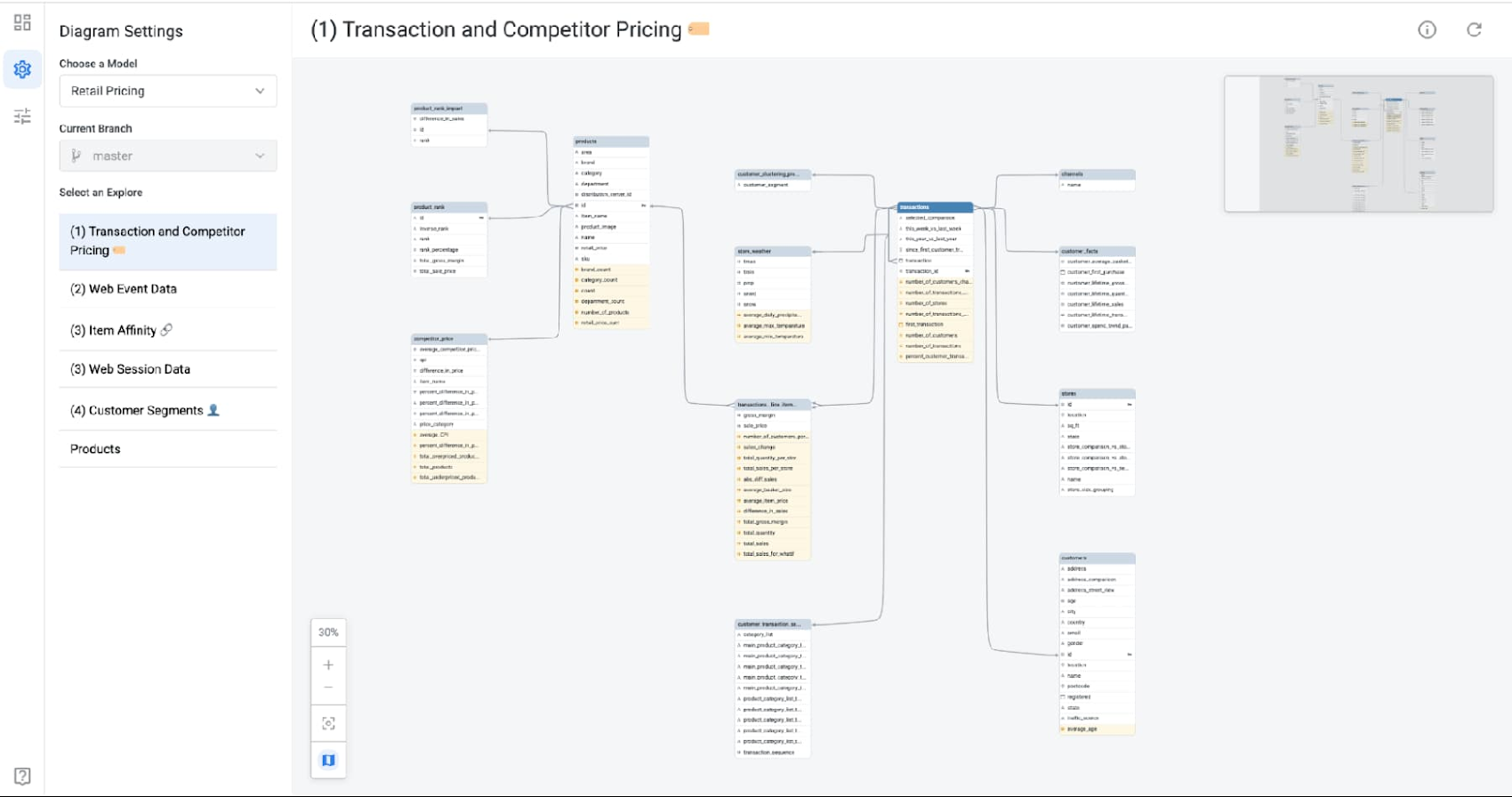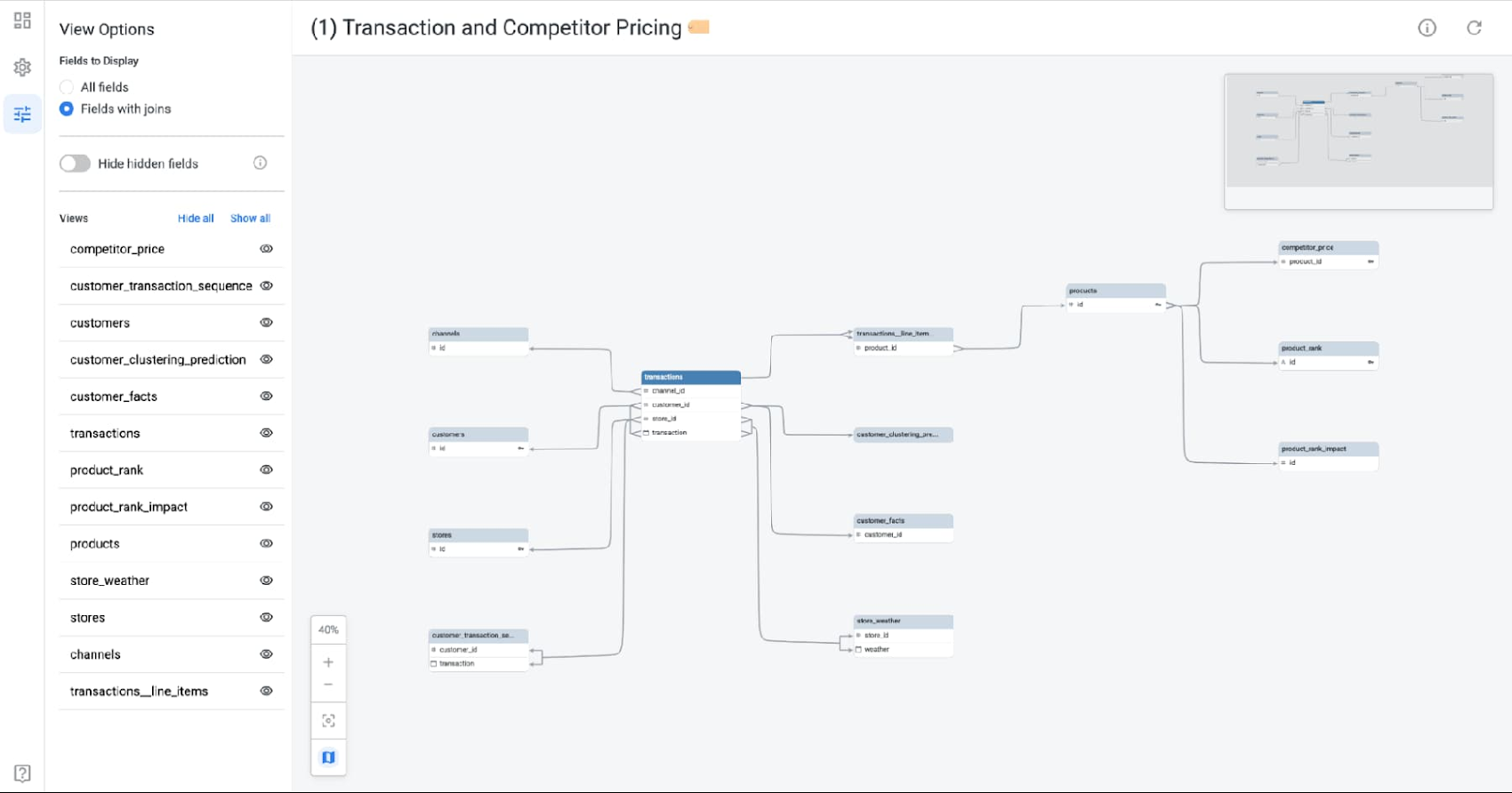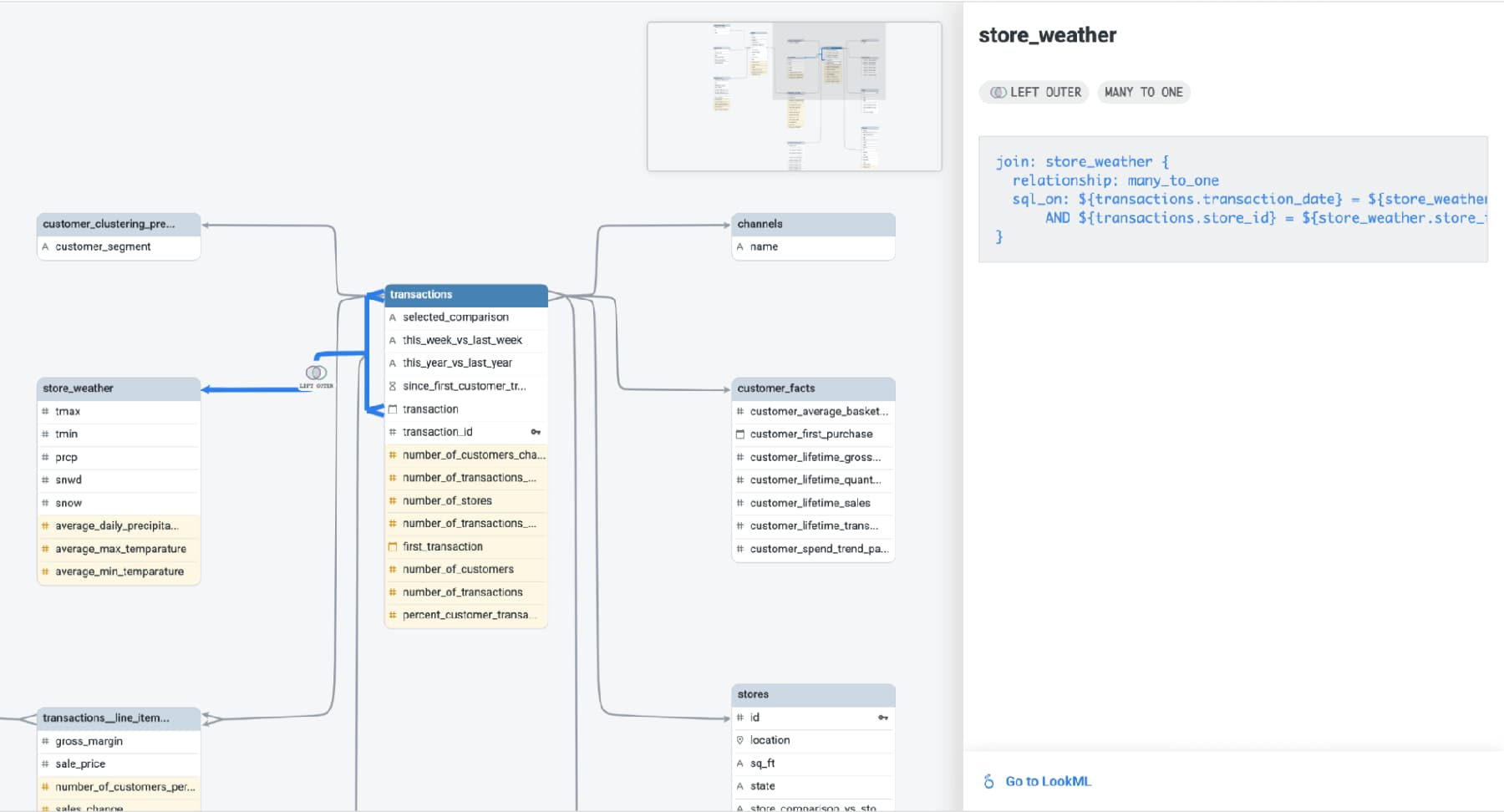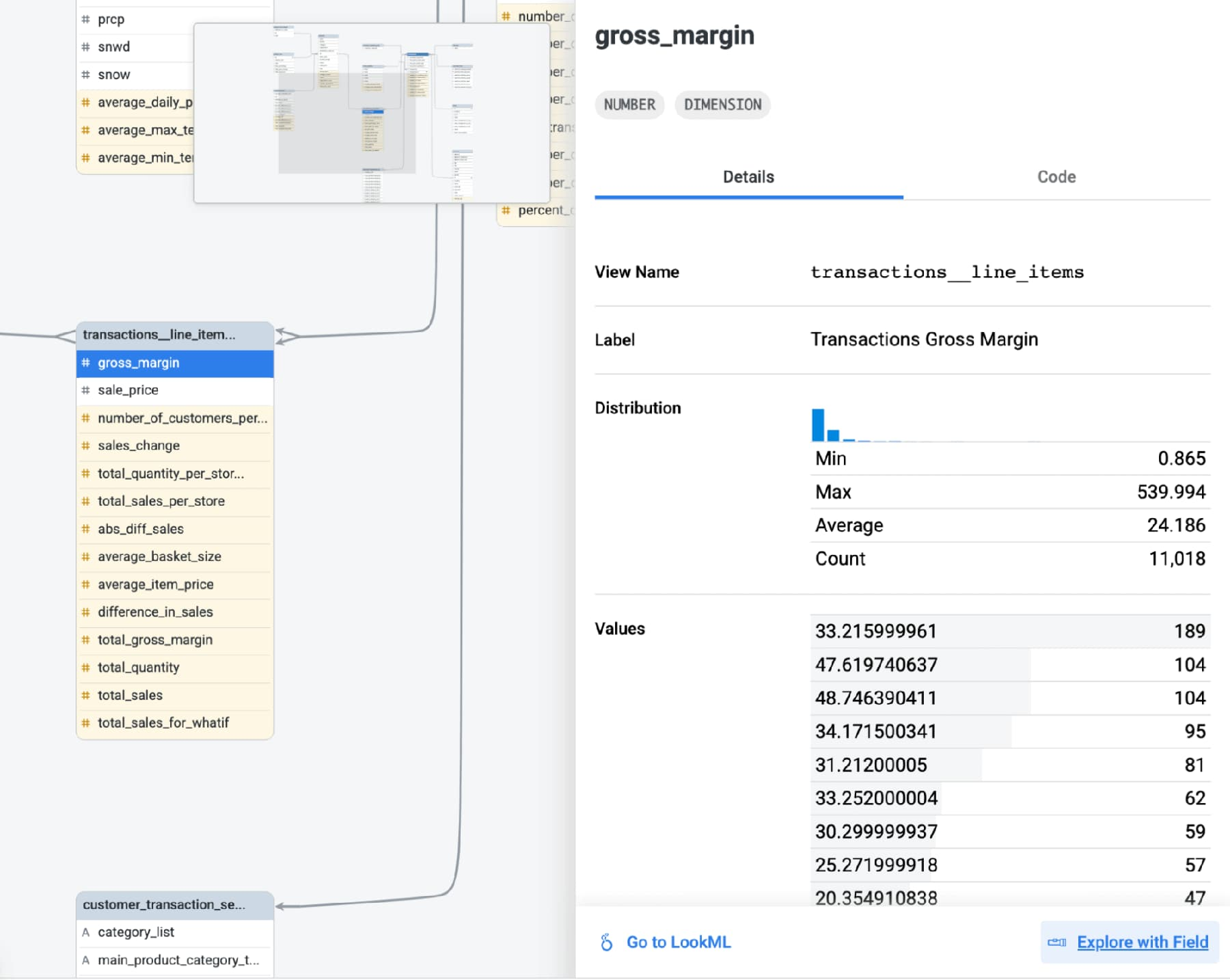Visualize your model with the LookML Diagram Application
Leigha Jarett
Developer Advocate, Looker at Google Cloud
Try Google Cloud
Start building on Google Cloud with $300 in free credits and 20+ always free products.
Free trialGetting started with LookML can feel overwhelming. Imagine you have a request to incorporate a new data source into your LookML model. How do you figure out which Explore you should join your new view onto? Or maybe you just downloaded a Block from the Marketplace. You want to make some customizations to the model, but where do you begin? Understanding the relationships, behaviors, and extensions of different LookML objects can feel complex — especially since it could involve looking through pages of text files and trying to assemble a picture in your mind.
Many LookML developers have wished for a way they could visualize their model — and the good news is, now you can! We’re excited to launch a robust and interactive solution for visualizing LookML: the LookML Diagram Application, a data model diagram tool available through the Looker Marketplace.
How to use the LookML Diagram Application
You may want to jump into the LookML Diagram Application to understand the lay of the land in a pre-existing model. This tool is perfect for familiarizing new LookML developers with the relationships in a model, and helpful for experienced developers who need to anticipate how their changes will affect things. After installing the application through the Marketplace, you can generate a diagram by selecting a model and an Explore.


You have the option to switch branches in develop mode, so you can compare different versions of your Explore. You can also simplify your diagram by only showing fields used in joins, hiding all hidden fields, or hiding specific views.


On the canvas, you can click around to dive deeper into the details of your model. By hovering over join paths, you can see the type of join, its cardinality, and visualize how compound joins connect multiple tables. You can immediately recognize when joins connect to non-primary key fields and jump straight to the definition of the join in LookML to make any modifications.


While investigating joining a new view onto an existing field, you can click the field name to see its distribution and unique values. For any follow up questions, you can hop directly over to the Explore — which will already have your field selected.


Find the LookML Diagram Application in the Looker Marketplace to try it out for yourself.
Made possible by the Extension Framework
The Extension Framework has paved the way for many amazing applications to be created—in fact, we used it to build this data model diagramming application. Because we aren’t committing directly to Looker’s core codebase when using the Extension Framework, we’re able to quickly develop and deploy improvements. And, since the application is hosted inside Looker, we don’t need to worry about authentication, and users don’t need to navigate outside the platform to visualize their model. With Looker UI Components we were able to match the look and feel of the Looker platform and save time on front end development.
The next app made with the Extension Framework could very well be one that you create. Learn more about how to get started developing your own application here.



